Home > Research
Research
Research interests and brief summaries of ongoing projects.
Only featured publications are listed. Please download CV from Home or visit my Google Scholar Citations for full publication list.
Molecular evolution
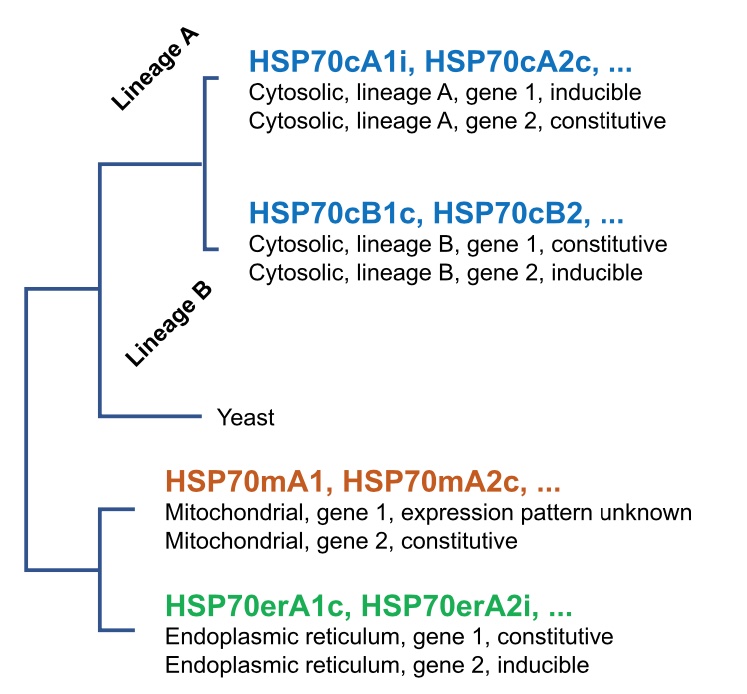
Expansion of genomic information has enabled us to illustrate the evolutionary history of many genes and organisms. We combine experimental and computational approaches to figure out evolutionary events. The new nomenclature of HSP70 we proposed has been listed in many databases.
Related publications:
- Merchant et al. (2024) Genomic loss of the HSP70cA gene in the vertebrate lineage. Cell Stress Chaperones, published online.
- Yu et al. (2021) The complex evolution of the metazoan HSP70 gene family. Sci Rep 11, 17794.
Metabolite tracing using 13C and NMR
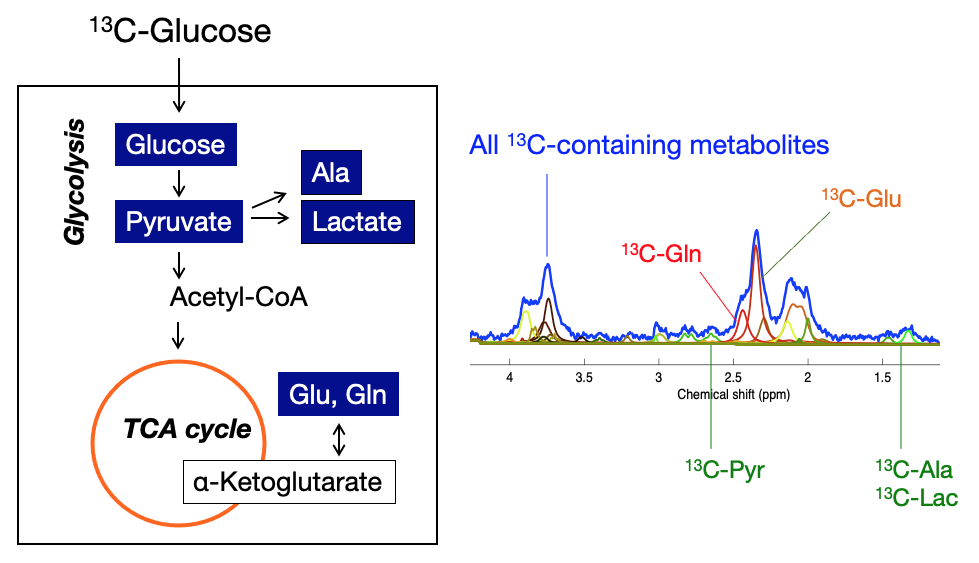
We are analyzing the function of the unique metabolic pathway by combining molecular approaches and the NMR-based metabolite-tracing technology pioneered at Yale.
Our main target includes the bdelloid rotifer Adineta vaga that has acquired massive bacterial and fungal genes by horizontal gene transfer.
Related publications/presentations:
- Kaneko et al. (2018) Valine synthesis in a bdelloid rotifer: Application of a novel metabolic flux measurement technology to study unique metabolic pathways. XV International Rotifer Symposium, June 3-9, El Paso, TX, USA.
- Kaneko et al. (2017) Hypofrontality and posterior hyperactivity in early schizophrenia: imaging and behavior in a preclinical model. Biol Psychiatry 81, 503-513. Yale News.
Calorie restriction & maternal effect
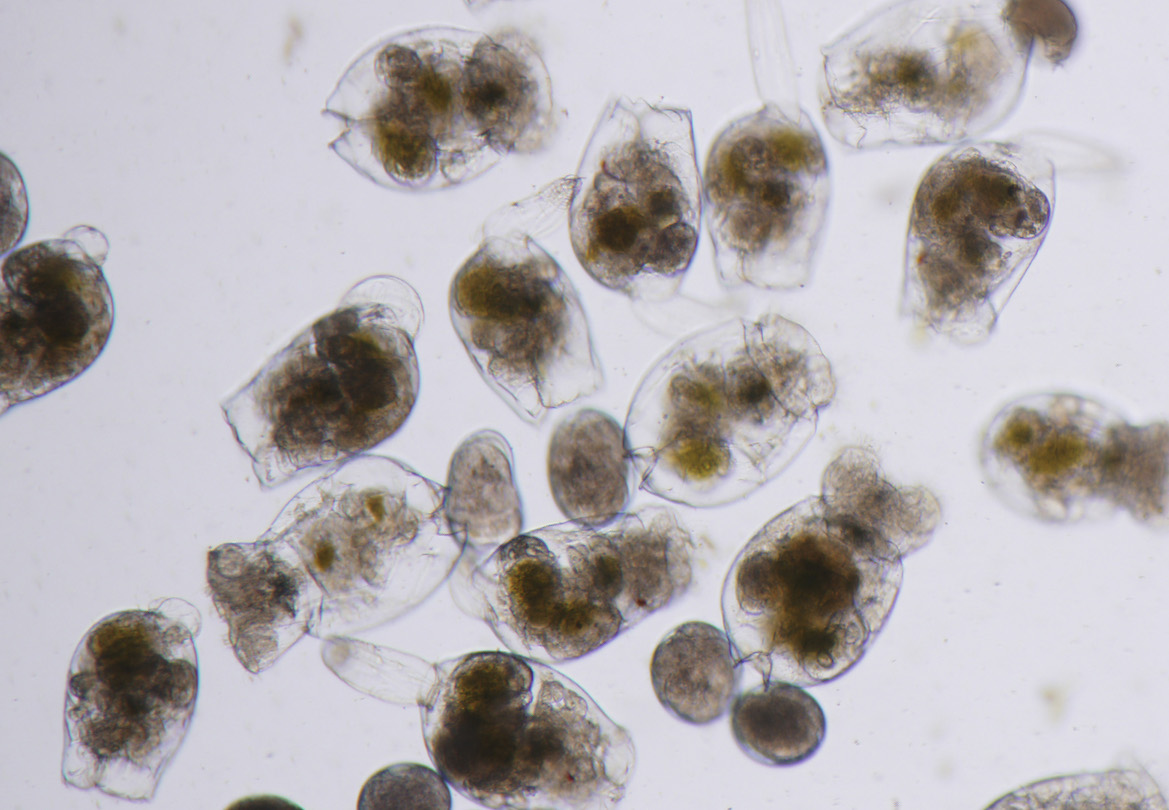
Maternal calorie restriction (CR) is known to increase offspring's lifespan in an emerging invertebrate model called rotifers. We are investigating the composition of eggs from calorie-restricted and fed mothers to clarify the mechanism underlying the maternal CR effect.
We also study stress proteins, cell cycle regulators, autophagy, and population dynamics of monogonont rotifers.
Related publications:
- Grewal et al. (2023) A genome-wide screening of the 70 kDa heat shock protein (HSP70) genes in the rotifer Brachionus plicatilis sensu stricto with a characterization of two heat-inducible HSP70 genes. Cell Stress Chaperones, in press.
- Kaneko et al. (2011) Calorie restriction-induced maternal longevity is transmitted to their daughters in a rotifer. Funct Ecol 25, 209-216. News in Economist.
Morphological studies
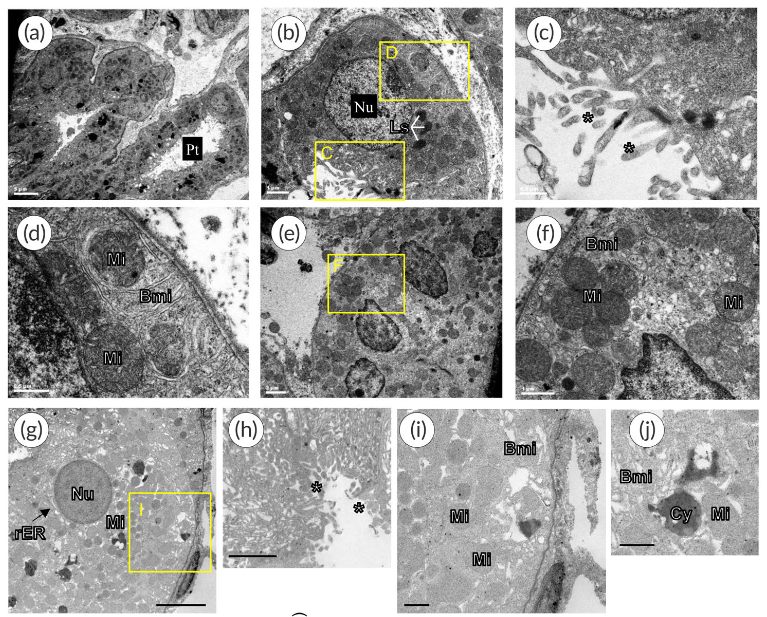
Biology used to be a field to describe the natural wonders of the world with a reverence for the diversity. I still like the concept. We report morphological characteristics of animals in Southeast Asia using histological approaches from evolutionary point of view.
Related publications:
- Senarat et al. (2022) An update on the evolutionary origin of aglomerular kidney with structural and ultrastructural descriptions of the kidney in three fish species. J Fish Biol 100 1283-1298.
- Puttipong et al. (2020) Evaluation of health status in the striped catfish Pangasianodon hypophthalmus Sauvage, 1878 from Khlong Saen Saep, Thailand: The use of integrated biomarkers. Hum Ecol Risk Assess 24, 938-953.
Energy metabolism & food science
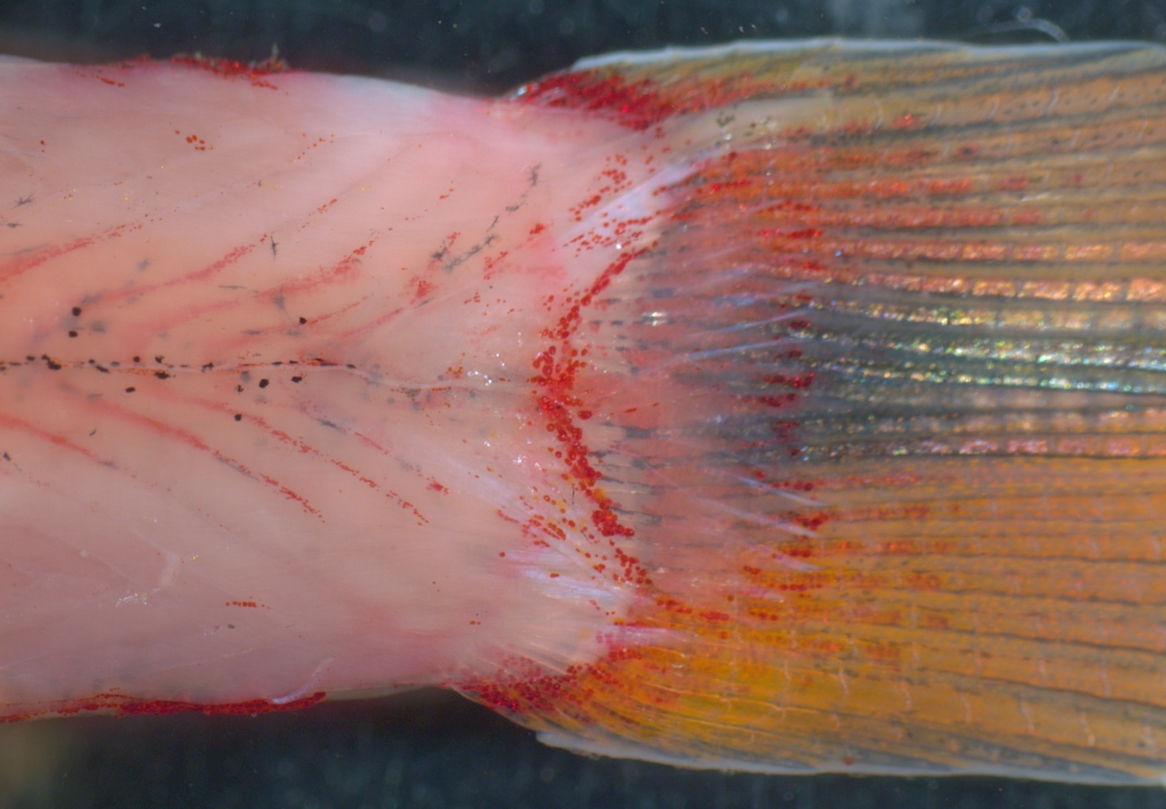 Although vertebrates share many basic biochemical pathways such as glycolysis and TCA cycle, their detailed metabolic features are diverse especially when illustrating dynamic processes. For example, fish generally prefers amino acids and lipids over carbohydrate as energy source. Nitrogen waste products can be either ammonia, urea, or uric acid depending on species and environment.
Although vertebrates share many basic biochemical pathways such as glycolysis and TCA cycle, their detailed metabolic features are diverse especially when illustrating dynamic processes. For example, fish generally prefers amino acids and lipids over carbohydrate as energy source. Nitrogen waste products can be either ammonia, urea, or uric acid depending on species and environment.
We investigate the metabolic diversity in various animals. Recent keywords are fish, lipid distribution, oxidative stress etc. Understanding fish metabolism also contribute to food science and aquaculture.
Related publications/activities:
- Yu et al. (2020) Proteomic and metabolomic basis for improved textural quality in crisp grass carp (Ctenopharyngodon idellus C.et V) fed with a natural dietary pro-oxidant. Food Chem 325, 126906.
- Chen et al. (2020) Quantitative phosphoproteomic analysis of soft and firm grass carp muscle. Food Chem 303, 125367.